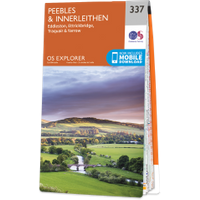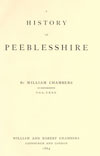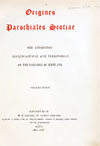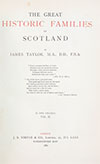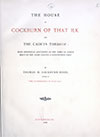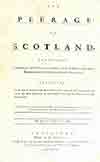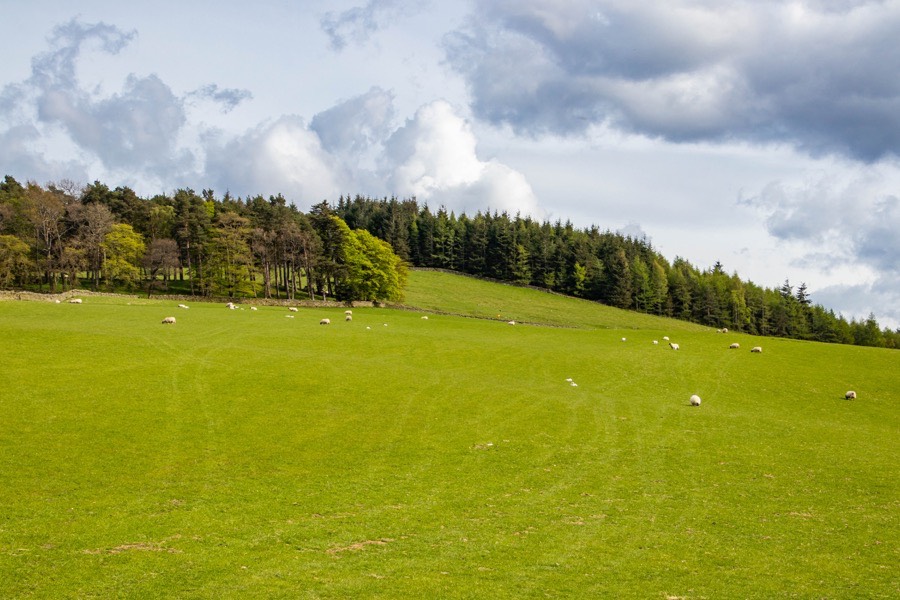

Shillinglaw was a tower house belonging to the Murray and Stewart families but all that is left of it are some stony grass-covered mounds.
The tower stood just to the east of the Curly Burn a few hundred metres upstream from its confluence with the Newhall Burn, on sloping ground which rises up from the valley of the Quair Water to a small hill behind the tower.
In the mid-13th century Schelinlaw, or Shillinglaw, was part of the wider Traquair estates belonging to Thomas de Mautelant, an ancestor of the Maitland Earls of Lauderdale. Mautelant gave the properties to his son, William, upon his marriage to Elizabeth, daughter of William Watson of Cranston.
Elizabeth’s brother, also William Watson, bought the lands of Traquair and Shillinglaw with the consent of his brother-in-law, William de Mautelant, from Thomas in 1407 on the condition that should he (or his uncle Robert and cousin Roger Watson) fail to produce an heir the lands would pass to Andrew Murray, the son of John Murray of Blackbarony. It seems that the Watson line failed since by 1464 Traquair and Shillinglaw were owned by William Murray.
In the same year however Murray was forfeited and Traquair passed through the hands of various individuals although it seems that the Murrays managed to hold on to Shillinglaw. By 1478 Traquair was owned by James Stewart, Earl of Buchan, the uncle of James III, and it seems that he set about trying to prise Shillinglaw from the Murrays.
In 1493 William Murray of Traquair‘s daughter-in-law, Geilis or Gelis, daughter of William of Cockburn and Henderland, attempted to have her ownership of them confirmed following the death of her husband, Alexander Murray. She seems to have been successful in her attempts since their son was later styled as William Murray of Shillinglaw.
By 1512 however Shillinglaw was in the possession of the Stewarts, William Stewart of Traquair receiving a charter from James IV in that year of the lands and barony of Traquair and the lands of Shillinglaw.
In 1583 the brother of Sir John Stewart of Traquair was styled James Stewart of Shillinglaw. Margaret Stewart of Shillinglaw, married to William Burnet, is on record in 1609. Sir Robert Stewart of Shillinglaw is mentioned several times in the Records of the Parliaments of Scotland between 1612 and 1623 in positions of authority for the Peebles area.
In 1617 the Horsbrugh family sold the superiority of their lands of Horsbrugh to Sir Robert whose son, James Stewart, had a sasine of Nether Horsburgh in 1634.
It may be that the focus of the Stewarts was subsequently on their other properties since Shillinglaw makes only the briefest of appearances on old maps of the area. It doesn’t feature on the Gordons’ early 17th century map of the Clyde and Tweed basins but is marked on Blaeu’s slightly later map.

Joan Blaeu, Amsterdam, 1654map image courtesy of NLS
Shillinglaw is then absent from later maps until the site of it is marked on mid-19th century Ordnance Survey maps.

Ordnance Survey, 1858map image courtesy of NLS
All that remains of the castle are indefinite stony mounds representing the footings of a rectangular building with thick walls. The remains of a smaller building attached to the south-west side are thought to be later and possibly a farmstead.
Alternative names for Shillinglaw
Schelinlaw; Schelynlaw; Scheringlaw; Schillenglaw; Schillinglaw; Shillinglaw Walls; Tower Of Shillinglaw


